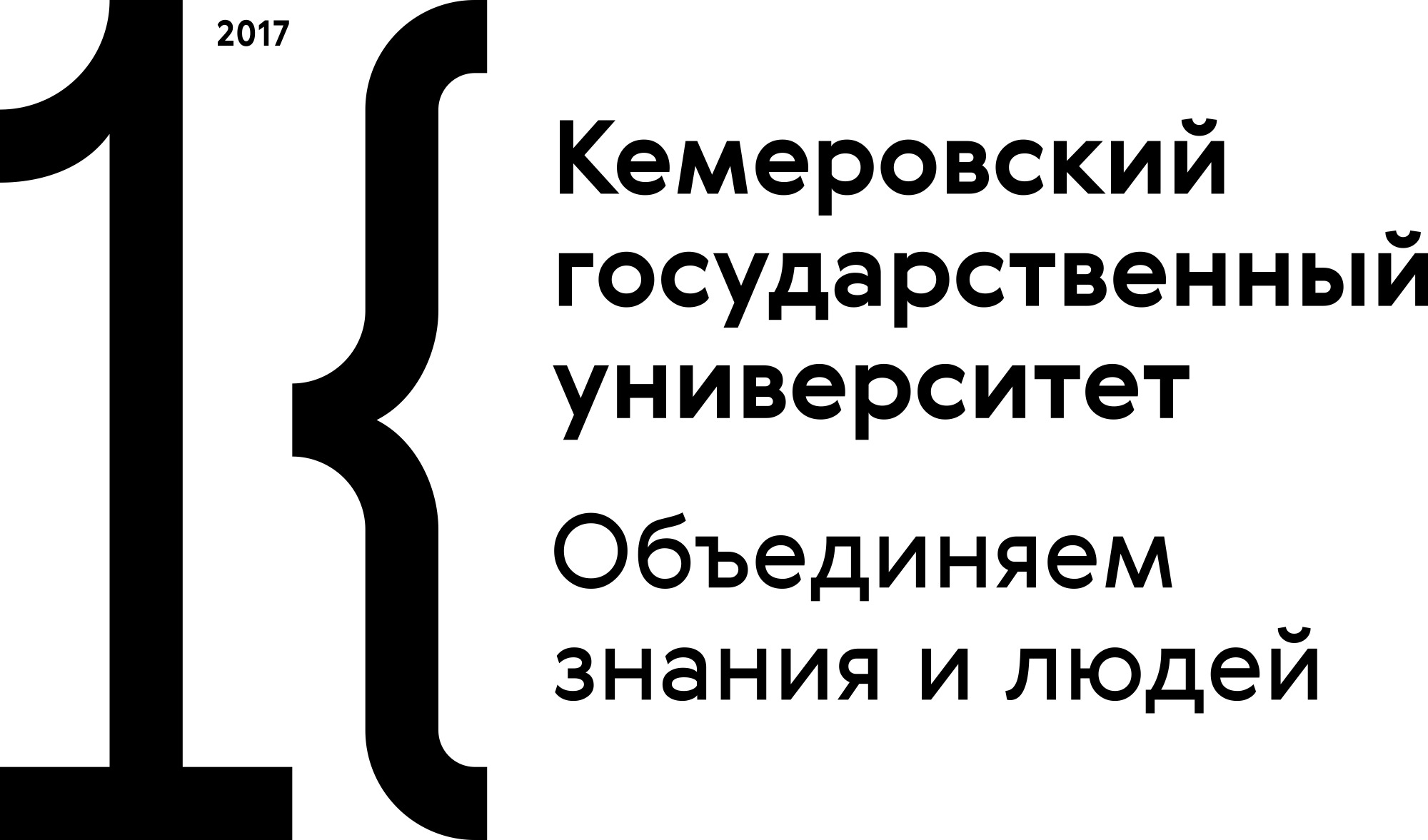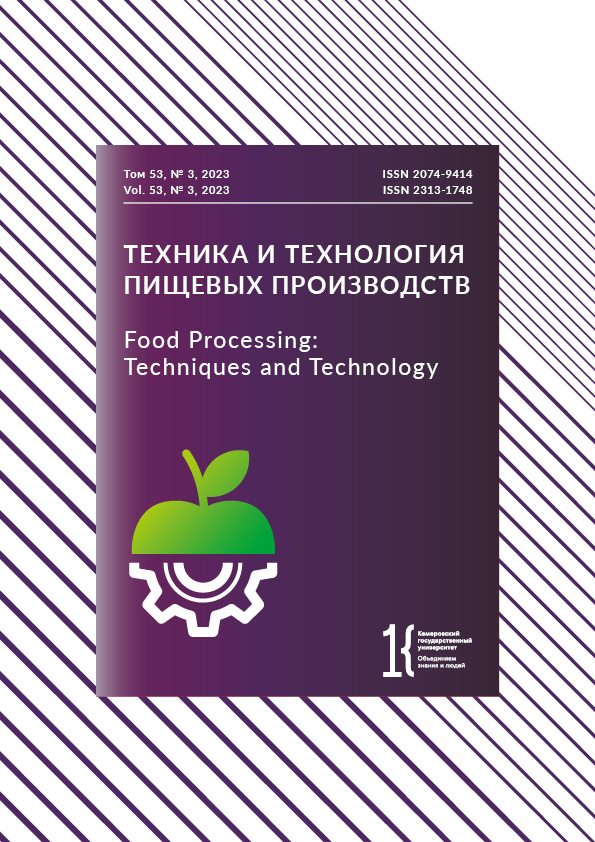Moscow, Russian Federation
Moscow, Russian Federation
Moscow, Russian Federation
Moscow, Russian Federation
Moscow, Russian Federation
Rybnoye, Russian Federation
Honey possesses excellent sensory and nutritional properties, which makes it a valuable food ingredient. However, the same qualities make it one of the most often adulterated products in the world. Constant violations of processing technology threaten the beekeeping industry. In this regard, new authenticity criteria are a popular area of honey studies. The article introduces a method for establishing ratios of light stable isotopes in honey. The study featured 36 samples of honey of various geographical origins and botanical profiles, as well as five samples of sugar syrups from various raw materials. The quantitative profiles were obtained using a Delta Advantage V isotope mass spectrometer (USA – Germany) with additional Flash IRMS and Conflo IV modules. The experiment involved the ratios of stable carbon isotopes in honey δ13C (gross) and nitrogen δ15N in its protein fraction, as well as the values of δ13C, δ18O, and δ2H of ethanol isolated from fermented honey. The values of δ13C (gross) and δ13C of honey proteins made it possible to calculate the amount of added sugar of corn and cane origin. Exogenous sugars in the amounts of 6.5% and 18% cane sugar were detected in two samples. Isotope mass spectrometry was able to identify honey samples with exogenous sugars of C4-plant origin. However, the method failed to detect sugar-containing substances from C3-type plants. The δ18O index demonstrated some prospects as an identification criterion for sugars from C3-plants in honey. Nitrogen isotope ratios in honey proteins proved to be an efficient tool for determining honey authenticity and an additional criterion for identifying bee products. The research resulted in a patent (RU2809285C1) for a new method of determining exogenous sugar-containing substances in honey
Honey, bee products, identification, falsification, isotope mass spectrometry
1. Khatun MA, Yoshimura J, Yoshida M, Suzuki Y, Huque R, Kelly SD, et al. Isotopic characteristics (δ13C, δ15N, and δ18O) of honey from Bangladesh retail markets: Investigating sugar manipulation, botanical and geographical authentication. Food Chemistry. 2024;435:137612. https://doi.org/10.1016/j.foodchem.2023.137612
2. Ždiniaková T, Lörchner C, De Rudder O, Dimitrova T, Kaklamanos G, Breidbach A, et al. EU Coordinated action to deter certain fraudulent practices in the honey sector. JRC Technical Report. 2023. https://data.europa.eu/doi/10.2760/184511
3. Kovalev AM. Beekeeper's Textbook: Textbook for rural vocational technical school. Moscow: Kolos; 1973. 432 p. (In Russ.).
4. 70 percent of honey in Russia may be adulterated: how to recognize deception [Internet]. [cited 2024 Jan 15]. Available from: https://www.gastronom.ru/text/nepravilnyj-med-do-70-meda-v-rossii-mozhet-okazatsya-falsificirovannym-1017587.
5. Tosun M. Detection of adulteration in honey samples added various sugar syrups with 13C/12C isotope ratio analysis method. Food Chemistry. 2013;138(2–3):1629–1632. https://doi.org/10.1016/j.foodchem.2012.11.068.
6. Ajlouni S, Sujirapinyokul P. Hydroxymethylfurfuraldehyde and amylase contents in Australian honey. Food Chemistry. 2010;119(3):1000–1005. https://doi.org/10.1016/j.foodchem.2009.07.057
7. Chen C-T, Chen B-Y, Nai Y-S, Chang Y-M, Chen K-H, Chen Y-W. Novel inspection of sugar residue and origin in honey based on the 13C/12C isotopic ratio and protein content. Journal of Food and Drug Analysis. 2019;27(1): 175–183. https://doi.org/10.1016/j.jfda.2018.08.004
8. Kawashima H, Suto M, Suto N. Stable carbon isotope ratios for organic acids in commercial honey samples. Food Chemistry. 2019;289:49–55. https://doi.org/10.1016/j.foodchem.2019.03.053
9. Cabañero AI, Recio JL, Rupérez M. Liquid Chromatography Coupled to Isotope Ratio Mass Spectrometry: A New Perspective on Honey Adulteration Detection. Journal of Agricultural and Food Chemistry. 2006;54(26):9719–9727. https://doi.org/10.1021/jf062067x
10. Xu JZ, Liu X, Wu B, Cao YZ. A comprehensive analysis of 13C isotope ratios data of authentic honey types produced in China using the EA-IRMS and LC-IRMS. Journal Food Science Technology. 2020;57(4):1216–1232. https://doi.org/10.1007/s13197-019-04153-2
11. Vetrova OV, Melkov VN, Simonova GV, Kalashnikova DA. Detection of honey adulterations with sugar syrups by stable isotope mass spectrometry. Journal of Analytical Chemistry. 2017;72(7):756–760. https://doi.org/10.1134/S1061934817070152; https://www.elibrary.ru/XNGJKQ
12. Tsagkaris AS, Koulis GA, Danezis GP, Martakos I, Dasenaki M, Georgiouc CA, et al. Honey authenticity: analytical techniques, state of the art and challenges. RSC Advances. 2021;11:11273–11294. https://doi.org/10.1039/d1ra00069a
13. Oganesyants LA, Panasyuk AL, Kuzmina EI, Kharlamova LN. Determination of the carbon isotope 13C/12C in ethanol of fruit wines in order to define identification characteristics. Food and raw materials. 2016;4(1):141–147. https://doi.org/10.21179/2308-4057-2016-1-141-147
14. Oganesyants LA, Panasyuk AL, Kuzmina EI, Sviridov DA, Ganin MYu, Shilkin AA. Traditional siders and perry identification by isotope mass spectrometry. Food Industry. 2021;4:55–57. (In Russ.). https://doi.org/10.24412/0235-2486-2021-4-0036 ; https://www.elibrary.ru/XLXEAU
15. Oganesyants LA, Panasyuk AL, Kuzmina EI, Ganin MYu. Isotopes of Carbon, Oxygen, and Hydrogen Ethanol in Fruit Wines. Food Processing: Techniques and Technology. 2020;50(4):717–725. (In Russ.). https://doi.org/10.21603/2074-9414-2020-4-717-725; https://www.elibrary.ru/TRNZXN
16. Oganesyants LA, Panasyuk AL, Kuzmina EI, Sviridov DA. Geographical place of origin influence on isotope characteristics of ethanol elements and wine aquatic component. Food industry. 2020;(12):78–80. (In Russ.). https://doi.org/10.24411/0235-2486-2020-10152; https://www.elibrary.ru/MVIQNZ
17. Oganesyants LA, Panasyuk AL, Kuzmina EI, Peschanskaya VA. Application features of isotopic mass spectrometry when analyzing carbon ethanol in cognac and cognac distillates. Winemaking and viticulture. 2016;3:4–7. (In Russ.). https://doi.org/10.24412/0235-2486-2021-4-0036; https://www.elibrary.ru/WFSBFD
18. Talibova A, Kolesnov A. Quality and safety assessment of food products by isotope mass spectrometry. Analytics. 2011;(1):44–48. (In Russ.). https://www.elibrary.ru/PIEIFJ
19. Oganesyants LA, Panasyuk AL, Kuzmina EI, Sviridov DA, Ganin MYu, Shilkin AA. Using the isotope mass spectrometry method to detect the presence of exogenous sugars in honey. Food Industry. 2023;(12):105–113. (In Russ.). https://doi.org/10.52653/PPI.2023.12.12.021; https://www.elibrary.ru/BHHQJQ
20. AOAC official methods of analysis. Method 998.12: C-4 plant sugars in honey, internal standard stable carbon isotope ratio method, AOAC Int. Gaithersburg MD USA. 1999;44:27–30.
21. Rogers KM, Cook JM, Krueger D, Beckmann K. Modification of AOAC Official Method SM 998.12 to Add Filtration and/or Centrifugation: Interlaboratory Comparison Exercis. Journal of AOAC International. 2013; 96(3):607–614. https://doi.org/10.5740/jaoacint.12-386
22. Bocian A, Buczkowicz J, Jaromin M, Hus KK, Legáth J. An Effective Method of Isolating Honey Proteins. Molecules. 2019;24(13):2399. https://doi.org/10.3390/molecules24132399
23. White JW, Doner LW. The 13C/12C ratio in honey. Journal of Apicultural Research.1978;17:94–99. https://doi.org/10.1080/00218839.1978.11099910
24. Trifkovic J, Andric F, Ristivojevic P, Guzelmeric E, Yestilada E. Analytical Methods in Tracing Honey Authenticity. Journal of AOAC in International. 2017;100(4):827–839. https://doi.org/10.5740/jaoacint.17-0142
25. Kalashnikova DA, Simonova GV. Ratios of stable isotopes 13C/12C and 15N/14N in samples of dead honey bees and beekeeping products. Journal of Analytical Chemistry. 2021;76(4):359–368. (In Russ.). https://doi.org/10.31857/S004445022104006X; https://www.elibrary.ru/JHBSUQ
26. Taki H, Ikeda H, Nagamitsu T, Yasuda M, Sugiura S, Maeto K, et al. Stable nitrogen and carbon isotope ratios in wild native honeybees: the influence of land use and climate. Biodivers Conserv. 2017;26:3157–3166 https://doi.org/10.1007/s10531-016-1114-x
27. Stocker A, Rossmann A, Kettrup A, Bengsch E. Detection of royal jelly adulteration using carbon and nitrogen stable isotope ratio analysis. Rapid Communications in Mass Spectrometry. 2005;20(2):181–184. https://doi.org/10.1002/rcm.2287
28. Dinca O-R, Ionete RE, Popescu R, Costinel D, Radu G-L. Geographical and Botanical Origin Discrimination of Romanian Honey Using Complex Stable Isotope Data and Chemometrics. Food Analitical Methods. 2015;8:401–412.https://doi.org/10.1007/s12161-014-9903-x
29. Izol E, Kaya E, Karahan D. Investigation of Some Metals in Honey Samples Produced in Different Regions of Bingöl Province by ICP-MS. Mellifera. 2021;21:1–17.











